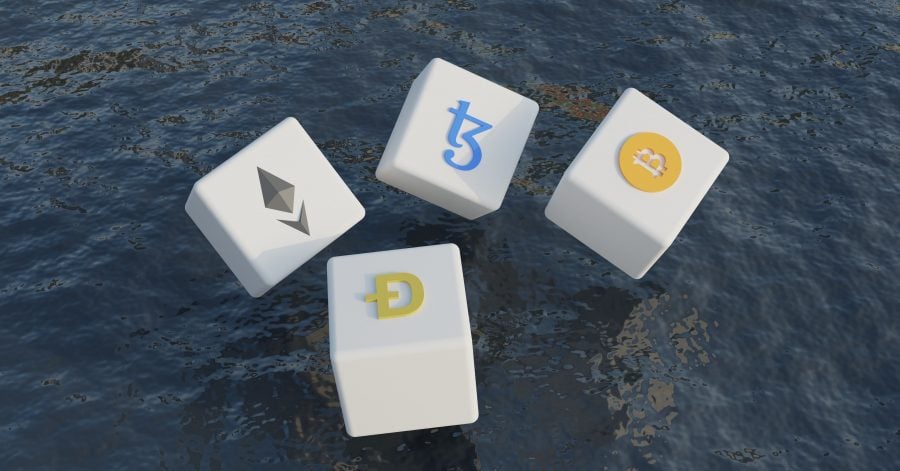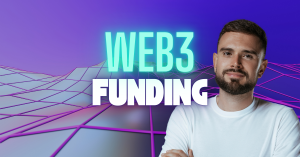For most people, the concept of “non-fungible token” (NFT) is still relatively unknown. However, people are also willing to spend a vast amount of money on acquiring them, as an NFT craze is currently sweeping the internet.
Although most of the time it is connected to digital art, an NFT could be pretty much anything, ranging from tokenized real estate or a concert ticket, to digital art and digital identity.
And while some are slowly grasping the concept of what NFTs are, there is still a lot of confusion and lack of clarity as to how these assets are bought, sold and traded in a market worth more than $44 billion.Therefore, analytics tools and platforms that can explore this complex market can be of great help for those getting into NFTs.
So, when Macedonian software engineer Vilijan Monev first got interested in the concept of NFTs, he also set out to learn more about the blockchain space – the place where NFTs are stored and traded.
As there are many blockchain networks out there, Monev first got introduced to Algorand, an open-source, decentralized blockchain network. After getting to know the Algorand community, Monev also wanted to buy some of its NFTs.
“There were some collections that I really liked, and some I liked less. But, as the number of collections grew, it got more and more difficult to differentiate which collection has potential, and which one is only trying to get your money. Previously, I had bought some NFTs on Ethereum, and quickly their value went to zero”, Amsterdam-based Monev tells The Recursive.
This was how he came up with the idea for Asalytic, a platform that analyzes NFT sales and wallets (digital addresses on blockchain from users that own and trade NFTs), and help users make a better decision when buying these digital assets.
As Monev explains, all of the data on the blockchain is public, meaning that there is a lot of potential for data science and data analysis. Therefore, he uses the data that’s available from the blockchain and implements it in the app’s features.
“Since I don’t actually own the data myself, I try to create value for the users with data which is available from the blockchain. And this is very much the opposite of what many large corporations are doing.” Monev says.
Mapping digital art
What Asalytic does for its users is that it allows them to explore the overall trend of the NFT space, track the activity of specific wallets, compare collections and do an in-depth collection analysis.
For example, the in-depth analysis feature allows the user to have a detailed overview of the sales of a certain collection of NFTs.
“It can track price trends, what is the distribution of NFTs per owner, what are the biggest sales, and so on. The idea behind this is to enable users to make a better decision when buying their next NFT”, Monev tells The Recursive.
Currently, the development of Asalytic is in its initial phase, with Monev working on the app for the past two months as a part of the Algorand Accelerator, organized by Encode Club, a web3 education community.
While developing the tool, Monev is also eager to see how the vast potential of NFTs evolve over time, especially when it comes to functionalities such as commercial rights for example.
“Specifically for NFTs that are mapping digital art, it is very interesting that as an owner, you have the right to advertise and use the NFT. For instance, creator Andrew Lewis had a NFT of his printed on sneakers worn by an NBA player. So, if Nike or Adidas would want to sell these types of sneakers, they would have to pay him, or to the one who owns that NFT. Same as they are paying Michael Jordan for the Air Jordan collection”, Monev explains.
Another opportunity that NFTs offer is that they provide access to many interesting communities, he says.
“This enables you to connect with people from all around the world. For example, I’m a part of communities that include many developers from Google and Facebook, who can help me develop my application. Without having these specific NFTs, it would not be possible to connect with those people”, Monev concludes.
+++The Recursive is currently mapping NFT projects across Southeast Europe. If you have a suggestion who should we add to the list leave us a comment here.








